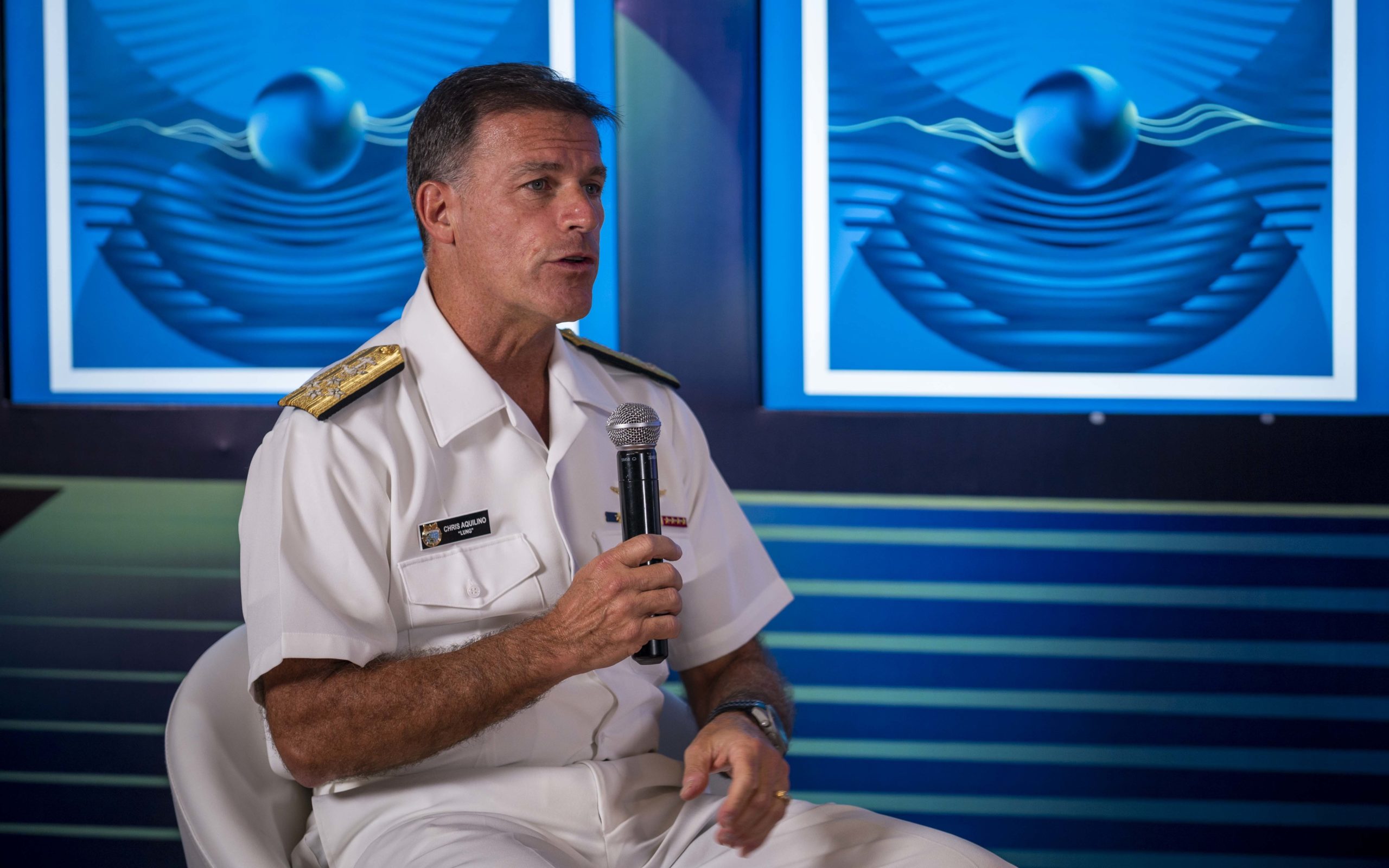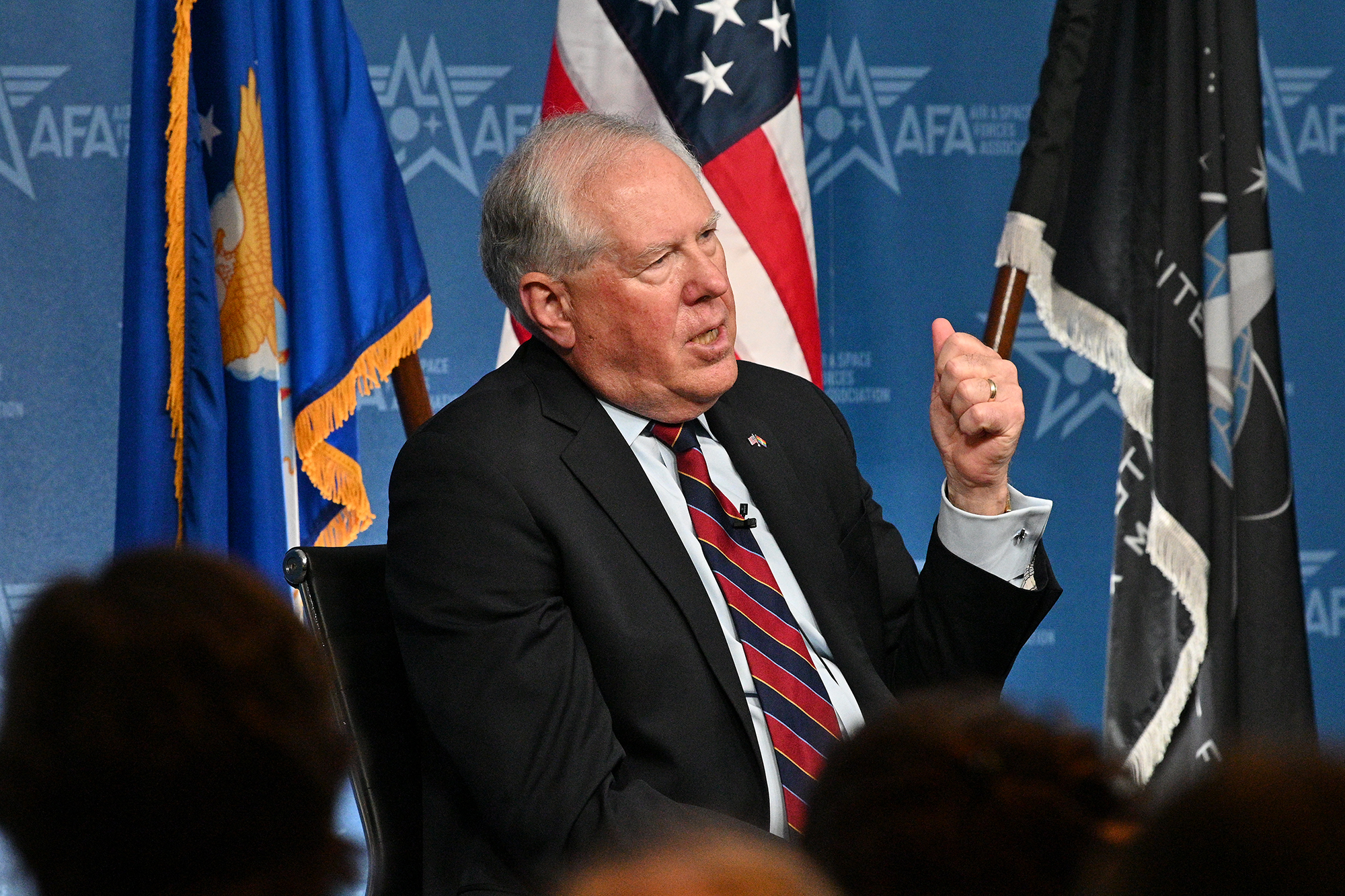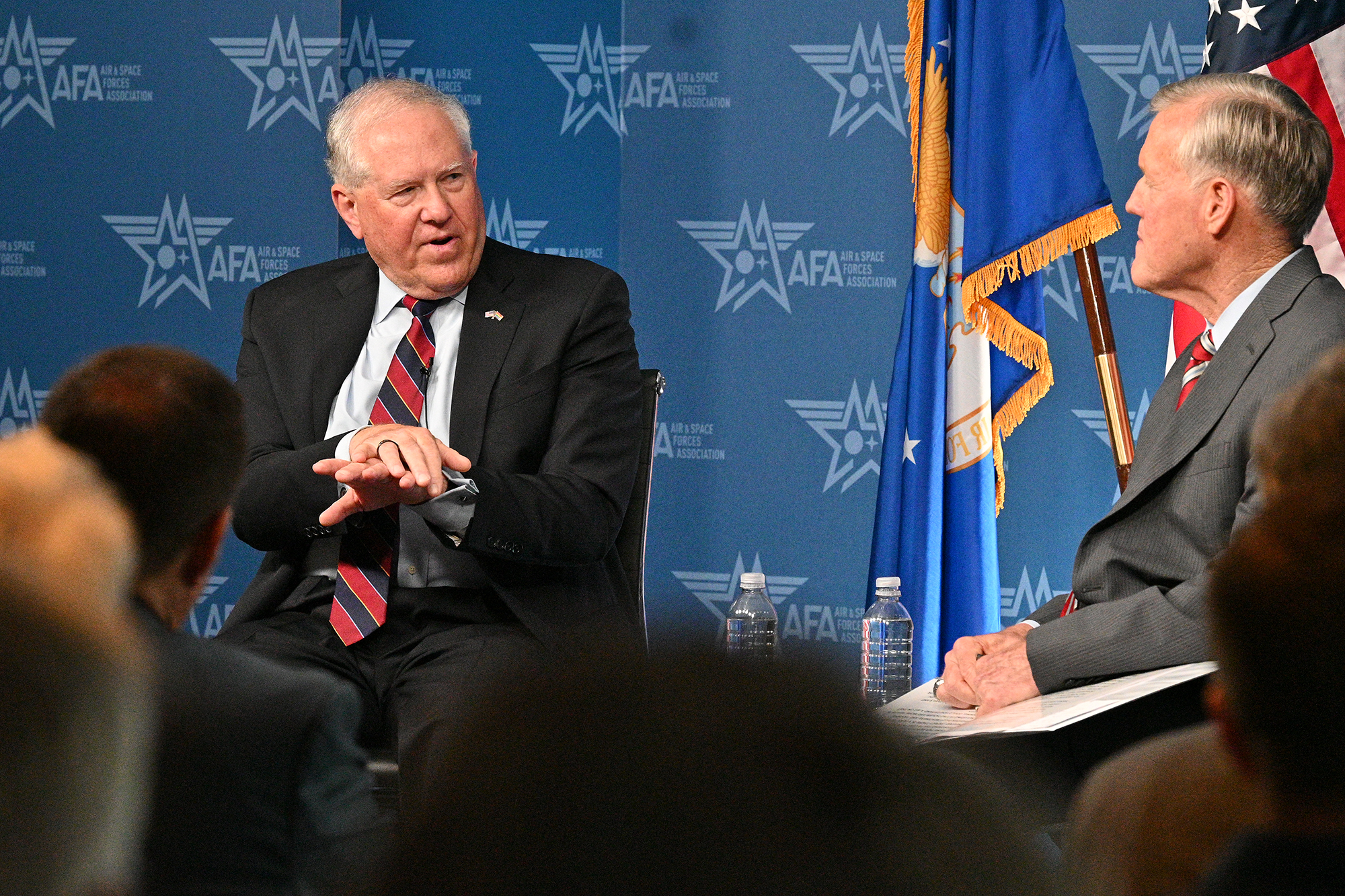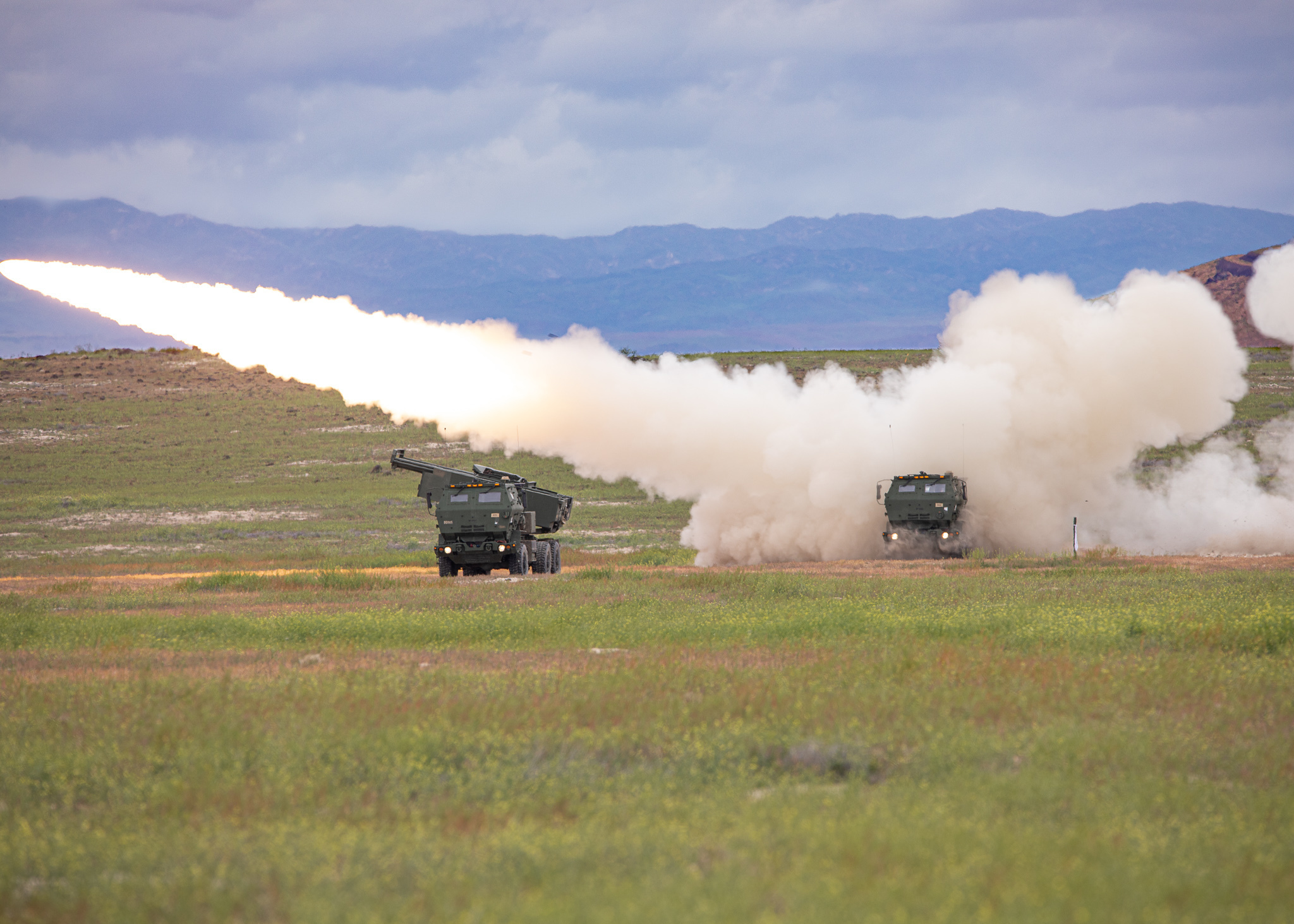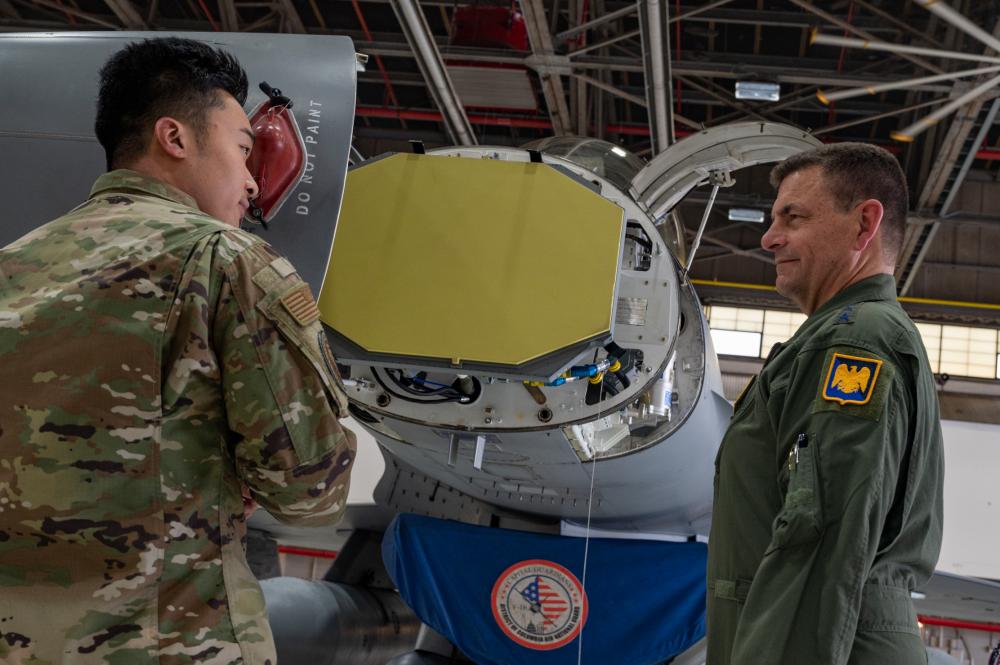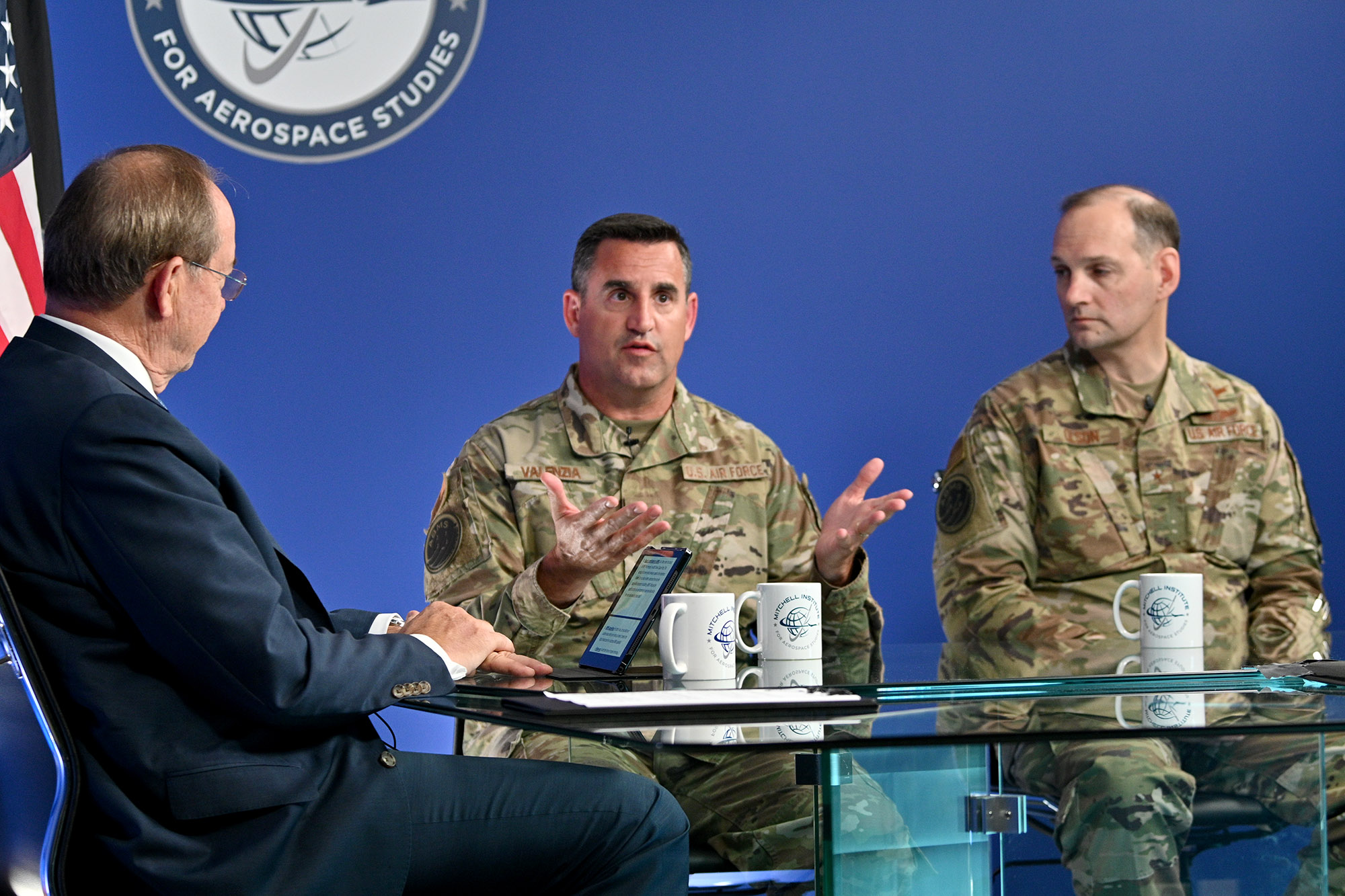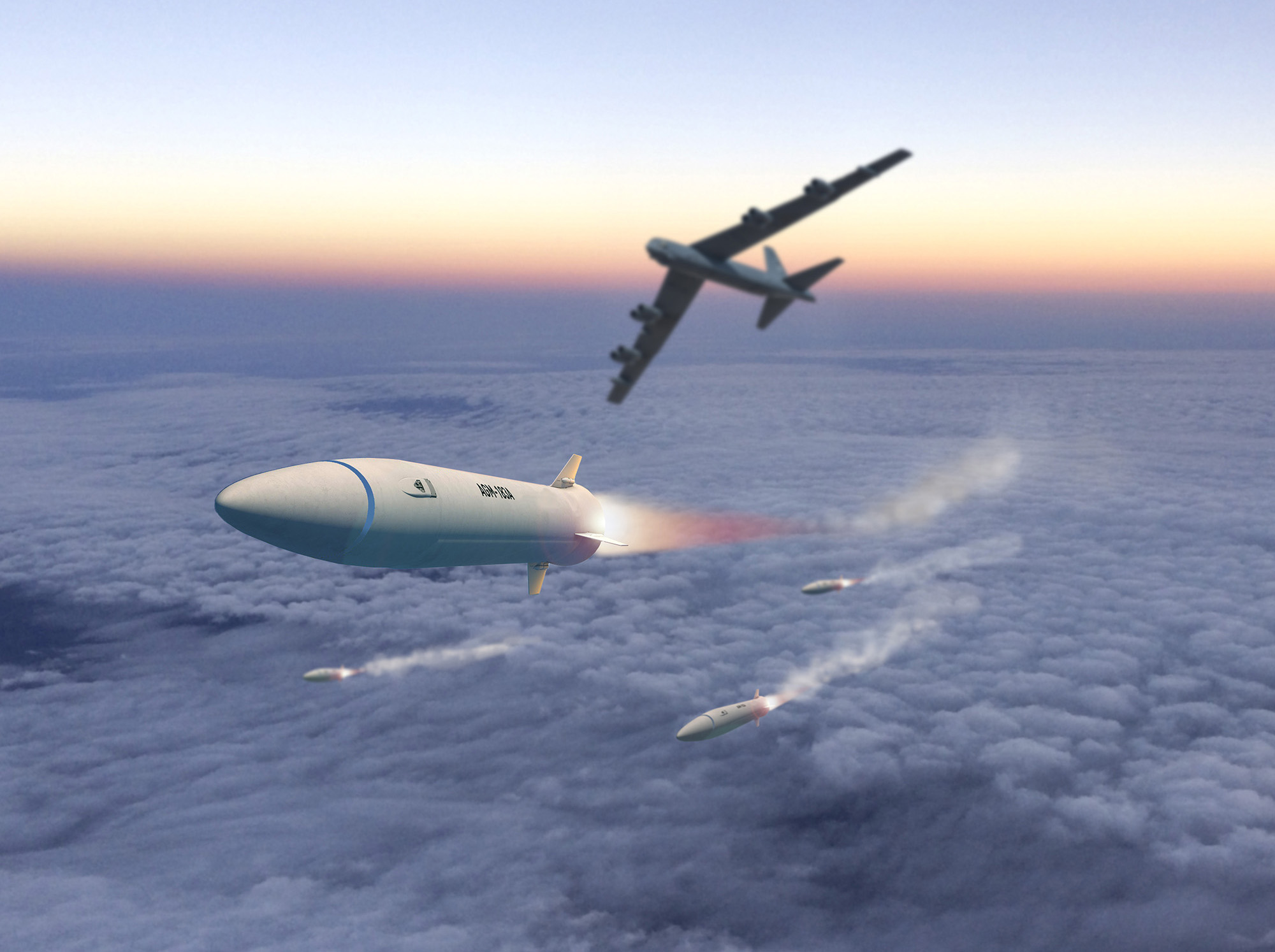In the days before the Air Force was an independent service, when it was still part of the U.S. Army, companies like Collins, Goodrich, Hamilton, and Sundstrand filled the skies. That shared legacy still ties today’s U.S. Air Force to Collins Aerospace, a modern company built on a long historic legacy of shared innovation.
“We’ve provided electromechanical flight displays, autopilot systems, and flight directors in military cockpits dating back to WWII,” said Marc Ayala, senior director, customer capabilities and requirements for Military Avionics at Collins Aerospace. “Collins’ components supported USAF aircraft like the KC-135, B-52, and C-130 from World War II through the Cold War, with some still operating today.”
Collins delivers and upgrades aircraft avionics to sustain venerable USAF aircraft like the C-130.
“The C-130 has existed in various models from the 1950s to the current day J model,” Ayala said. “We’ve upgraded its flight director and autopilot in the 1970s, added military radios and advanced cockpit displays in the 1990s, and the C-130 AMP [Avionics Modernization Program] is retrofitting the H-model fleet going forward.”
Modernizing the C-130 is essential to the vital mission sets and theaters it serves.
“Inter-theater airlift has always been [the C-130’s] specialty and that capability has proven itself necessary over every major conflict since the birth of aviation,” Ayala said. “The C-130 excelled in Vietnam, the Persian Gulf, Operation Enduring Freedom, Operation Iraqi Freedom, and throughout the Cold War. The need [for inter-theater airlift] is constant.”
Inter-theater airlift has long been a differentiating factor in military operations. It will continue to be in the future.
“The ability to move our Department of Defense assets and resources around the theater of operations in short order is a major capability discriminator for the U.S. Air Force,” Ayala said. “That capability separates us from our peers and adversaries, and [Collins] couldn’t be prouder to associate our name with that.”
Communications Technologies and Systems
Collins also develops and supports communication technologies and systems delivered to the USAF. Collins made communication possible during the Apollo, Gemini, and Mercury space programs including for the iconic Apollo 11 moon landing in 1969.
In today’s modern geopolitical context, Collins’ systems enable communications between USAF and international partners.
“We need to communicate securely with our international partners and allies, and within our own forces as well,” Ayala said. “Our airborne communications systems, such as the ARC-210 V/UHF radio, are present in the vast majority of USAF platforms and those communication technologies help make USAF’s interoperability objectives a reality.”
Collins is leveraging its experience to ensure USAF communication capabilities are secure well into the future.
“The transmission of secure data in modern conflicts is more important than ever,” Ayala said. “The country that can transmit, process, and distribute data the fastest and most efficiently is the one that is going to prevail.”
Modular and Open Avionics Solutions
As Collins continues to innovate around USAF priorities and interests, the company has invested in development of Modular Open Systems Architecture (MOSA) avionics solutions to better enable and more quickly integrate technology for the operator and the mission of tomorrow.
“Modular systems, open systems architecture, and the need to outpace the technical evolution of peer adversaries is vital to air dominance,” said Jeffry Howington, principal business development manager for Military Avionics at Collins Aerospace. “We need to keep aircraft relevant by upgrading their capability in days, if not hours, rather than the years it takes under traditional approaches.”
Collins has been utilizing open systems for decades. A prime example is Collins’ upgrades to the KC-135, which has been upgraded dramatically over the past 50 years. The tanker’s evolution is key to [the] Advanced Battle Management System (ABMS), according to Howington.
“To compete with peer adversaries and the Joint Automated Command Control network of the future, that’s going to require additional upgrades using open systems,” he added.

Collins is focused on developing software-centric capabilities that incorporate digital engineering and enable efficient flexibility and reuse of capabilities. That’s why, Howington says, up to 80 percent or more of avionics capabilities are already implemented in the software Collins provides.
“We’re seeing more software seamlessly integrate with cybersecurity, artificial intelligence, and containerization methods,” Howington said. “Digital engineering and open architecture are easing implementation and integration times by providing a ‘digital testbed’ to the operator, so we can understand how any changes might affect an aircraft’s operations, performance, and capability before implementers physically touch the aircraft. That’s a huge win.”
Throughout the Air Force’s 75-year history, Collins Aerospace has evolved alongside USAF to meet the technological demands of the day. It’s a partnership that, Ayala says, will continue to develop to meet the demands of the future.
“We provided precise navigation and control for USAF aircraft, which ultimately led to electromechanical instruments and flight management systems,” Ayala said. “That’s evolved into the digital infrastructure we have today, with glass and helmet-mounted displays, multi-core processors, and advanced networking, so the journey Collins has experienced embodies aviation itself.”

